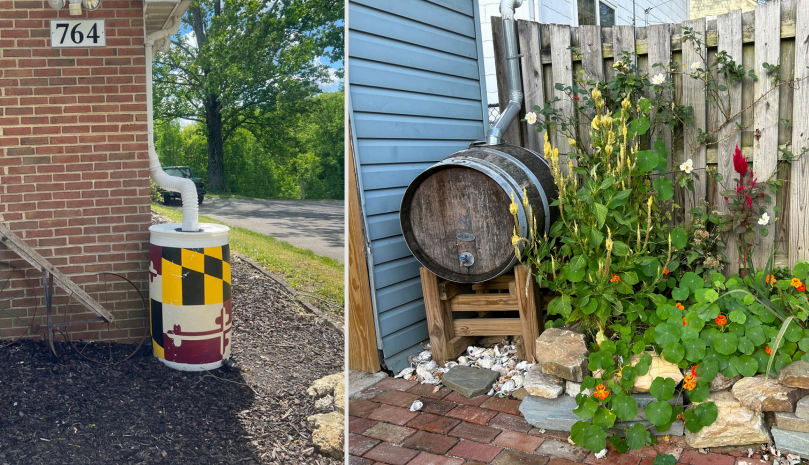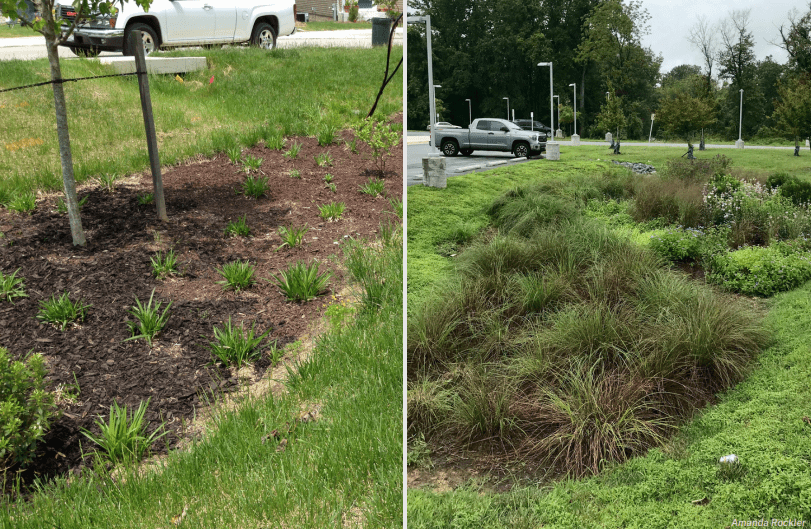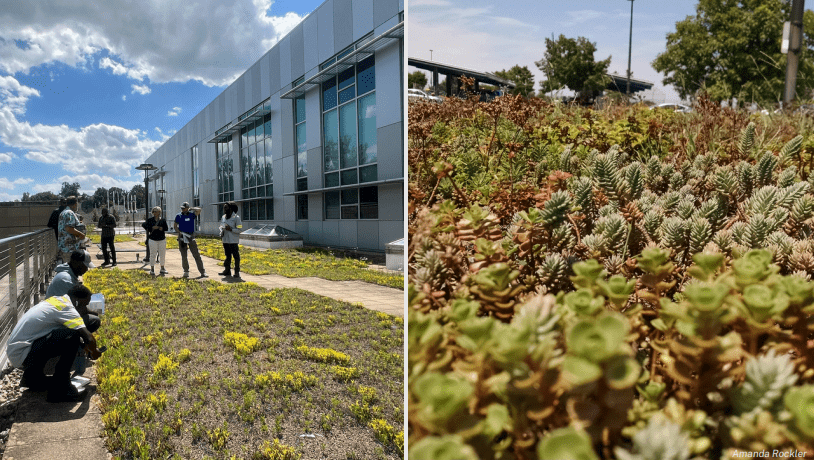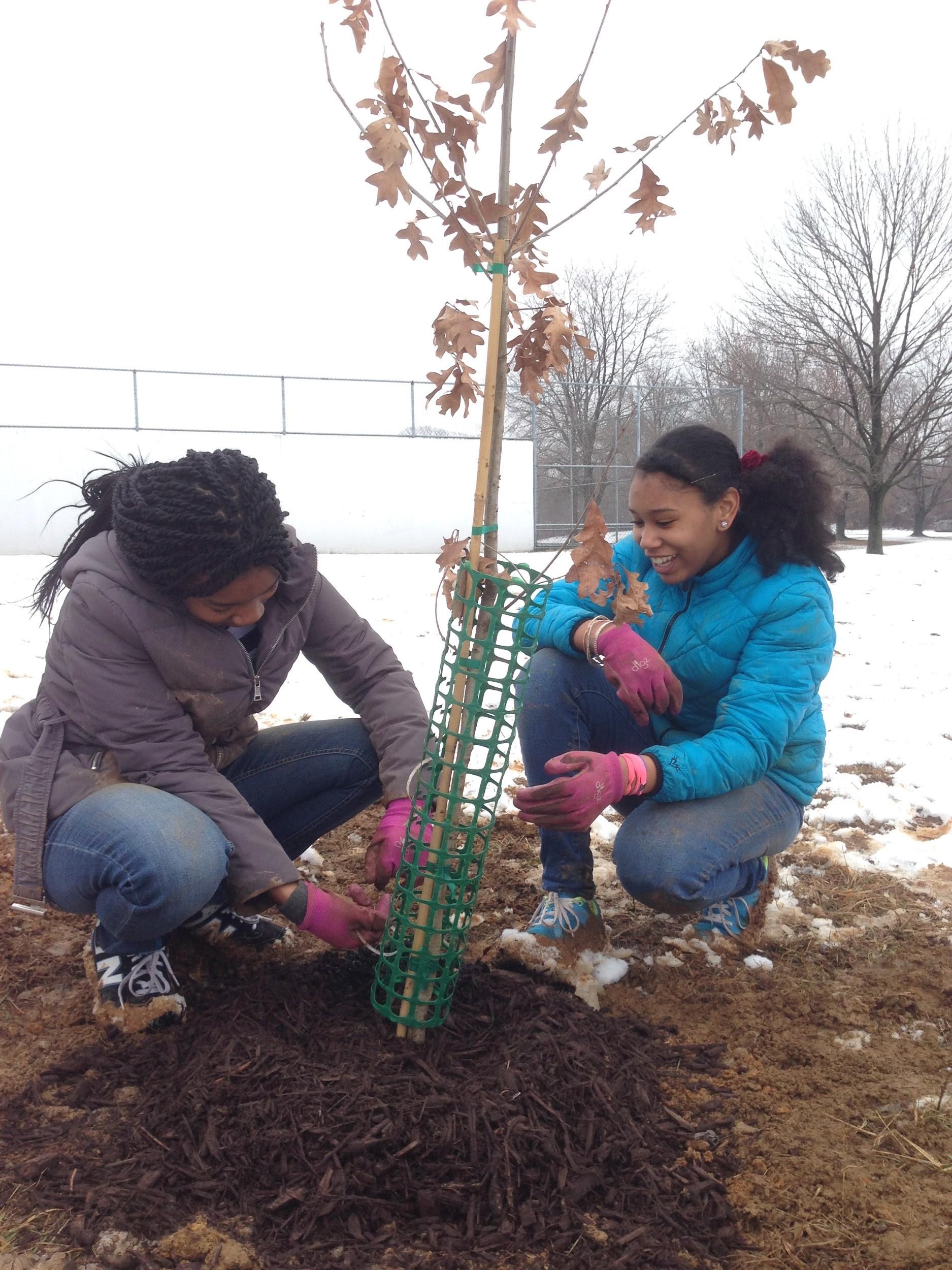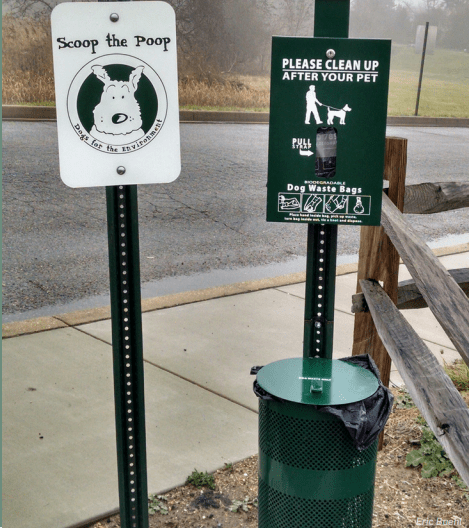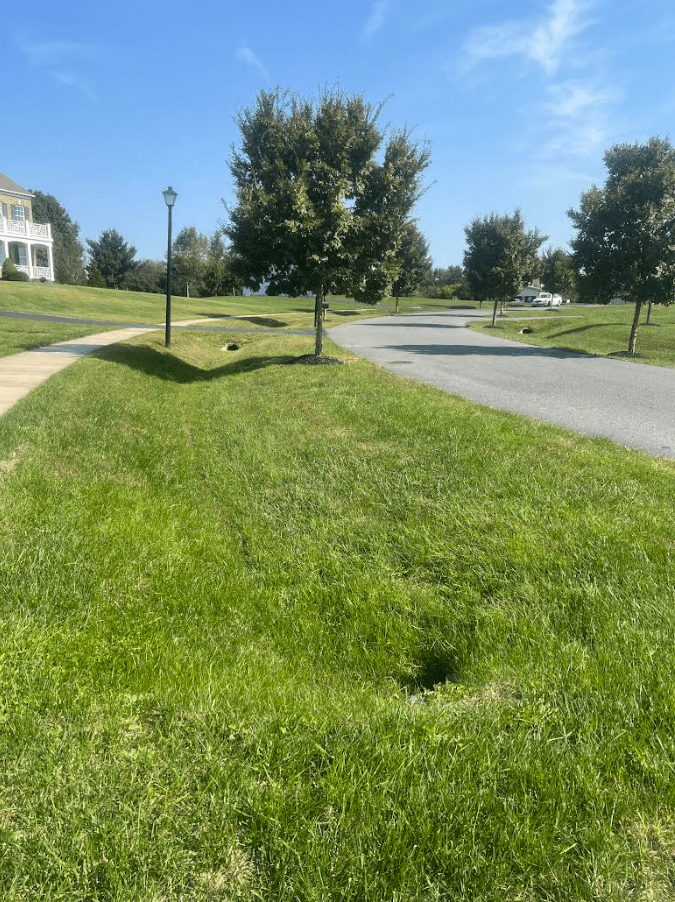Updated: August 22, 2025
Soil Health (FS-2025-0754)
Authors:
Sarah Hirsh
Soil health is the status of soil in terms of its ability to function and sustain life. It involves physical, chemical, and biological factors that are all interrelated. Soil organisms are critical for building good soil structure, ensuring air and water movements through the soil, decomposing organic materials, and cycling nutrients. A soil with good physical structure and with sufficient nutrient cycling will encourage increased numbers and diversity of soil organisms. When we manage soil with practices that minimize disturbance, maximize soil cover, maximize biodiversity, and maximize the presence of living roots, we can increase soil health, increasing the sustainability and profitability of agriculture. Author: Sarah Hirsh; Title: Soil Health (FS-2025-0754).
